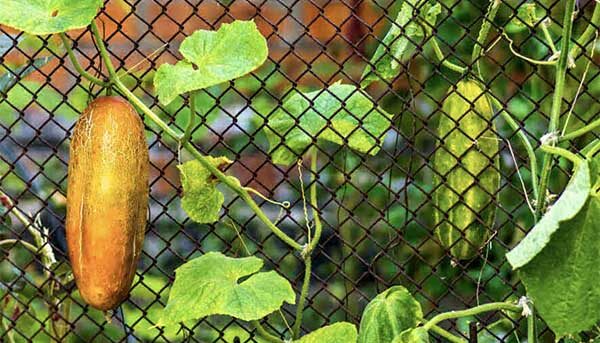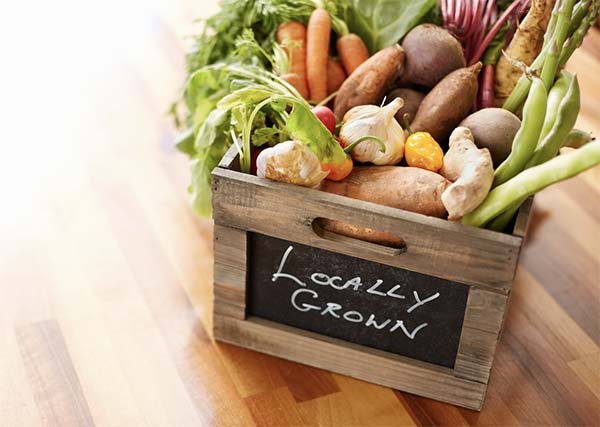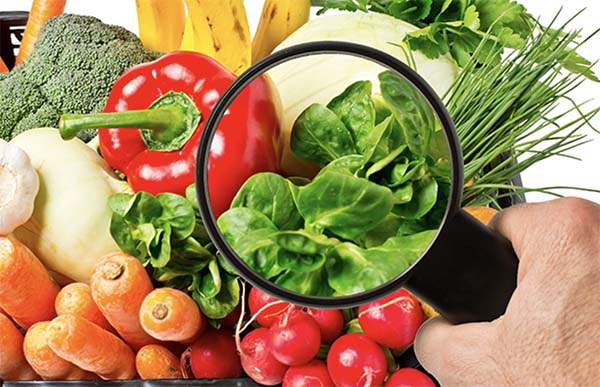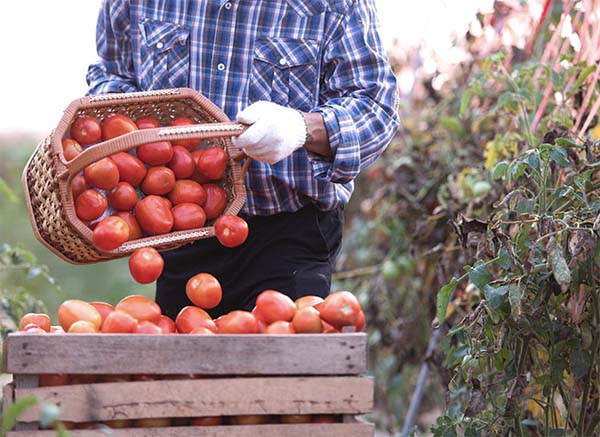Why are my cucumbers turning yellow? This is a very common question among gardeners that experience yellow cucumbers.
Cucumbers are a favorite summer vegetable with a mild and crisp flavor. They are easy to grow and harvest. But sometimes gardeners experience cucumbers that are yellow instead of long slender green ones.
Yellow cucumbers leave many people wondering, why are they turning yellow. Is it safe to eat yellow cucumbers?
Join me as I discuss why your cucumbers are turning yellow. I’ll also dive deep and discuss whether they are safe to eat.
Reasons why cucumbers are turning yellow
Let’s see some of the main reasons why cucumbers are turning yellow.
Over-ripening
As said by expert gardeners from backyardgardenersnetwork.org, the most common and obvious reason why cucumbers turn yellow is because of over-ripening. Depending on the cucumber variety, most are ready to harvest when they turn deep to bright green.
Most varieties are ready to harvest in 50 to 70 days. But gardeners sometimes are tempted to leave them for a few more days to increase in size.
But as cucumbers become too big, the flesh becomes soft while the skin becomes tough and yellow. The taste also becomes bitter. You need to harvest them before they turn yellow. Try to harvest them when they are immature for easy slicing.
When cucumbers are harvested earlier, they are:
- Of better nutritional value
- Less bitter
- Crispier
Harvesting your cucumbers earlier, cucumbers will tend to grow new florals, therefore, producing more fruits.
Overwatering
Secondly, cucumbers turn yellow because of overwatering. Cucumbers do well in slightly moist soil that drains well.
When you overwater cucumbers, the excess water removes essential minerals from the soil. Minerals like nitrogen and calcium are drained. And when this happens, the cucumber fruits tend to turn yellow.
You can prevent this by holding on to water. During the summer season, cucumbers need just 2 inches of water. Cucumbers feature a shallow root system and love moist soil. But make sure you don’t keep the roots wet as this turns them yellow.
Inadequate nutrition
Cucumbers are heavy feeders and need a lot of nutrients to grow well. You need to supply the cucumbers with a slow-releasing fertilizer to ensure they have enough nutrients throughout the growing season.
When they lack fertilizer, both the leaves and fruits turn yellow. In most cases, poorly fertilized cucumbers tend to grow small and yellow.
You can reduce this by adding a balanced fertilizer, organic matter, or compost to the soil. Crop rotation is also essential for cucumbers to help prevent yellowing.
Lack of pollination
Male and female cucumbers flower and form fruits as soon as pollination takes place. But sometimes pollination might not occur properly.
If pollination doesn’t occur properly, cucumbers will form a fruit that is smaller in size. In most cases, these cucumbers are deformed and yellow. Flowers need to be pollinated several times to ensure fruits develop fully.
So try and have more flowers around your garden to encourage pollination. But sometimes pollen can be killed by high temperatures. Avoid the use of pesticides in your garden to encourage pollination.
Cucumber plant diseases and pests
Viral diseases and pests in cucumbers can cause yellowing. Common diseases and pests include:
- Cucumber mosaic virus: This is a common cucumber disease. It causes cucumber fruits to turn bumpy and yellow. It’s a disease spread by aphids.
- Cucumber beetles: Cucumber beetles in their larvae stage will eat cucumber roots. The adult beetles, on the other hand, will eat leaves, flowers, and fruits causing the plant to wilt.
Yellow cucumber varieties
Cucumbers can also turn yellow because they are of a yellow variety. When sowing seeds, make sure to double-check your seed variety to be sure of the color. Below are some common yellow cucumber varieties.
- Dosakai cucumber: The cucumbers are small and long. They feature yellow hints with green and orange hints.
- Lemon cucumber: The cucumbers are round and yellow just like lemons.
- Crystal apple cucumber: The cucumbers are white-greenish to pale yellow. They also feature an oblong shape and a sweet mild flavor.
- Chinese yellow cucumber: The cucumbers are oval and feature a dark yellow color.
Can you eat yellow cucumbers?
So, can you eat yellow cucumbers? Having read the main causes of yellow cucumbers, you can decide whether to eat them or not.
The answer is YES!
You can eat yellow cucumbers since they are safe. But the exact cause of the yellowing will play a key role in determining whether you eat them or not.
Yellow cucumbers due to over-ripening taste bitter. So while they are safe to eat, the bitter taste will prevent you from enjoying them.
But there are ways you can eat yellow cucumbers. You can mix the yellow cucumbers with pickling ingredients to mask the bitter taste.



